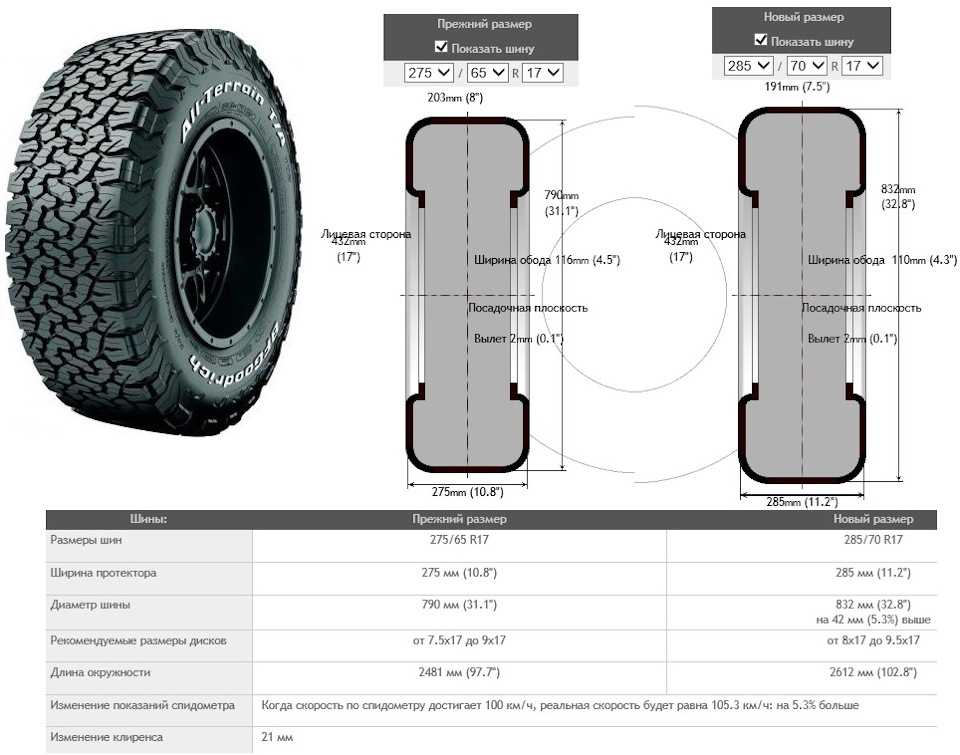Fewer Repairs But More Critical
Tire repairs have been a basic component of a tire dealer’s business ever since the beginning of the tire industry. Car owners could count on making a tire repair on nearly every drive they took in the 1890s because tires weren’t sophisticated. In those days, the repairs were made by the car owner, for the most part.
Today, “flats” are virtually a thing of the past. Manufacturers make tires that are technologically advanced and can withstand most road hazards. The advent of the radial tire, a much sturdier design than the old bias ply tire, reduced the need for repairs and supplied more miles per tire. But these higher tech tires do receive injuries from road hazards such as nails, bolts and other sharp metal objects.
Because of their more sophisticated construction, however, when today’s tires are damaged and must be repaired, the repair can’t be done by the average driver. It can and should be done by a tire service technician who has been trained to do a complete, proper repair.
This article includes sequential photos that show the accepted industry standards of how a tire should be repaired. The repair procedures are for passenger and light truck tires, but are virtually the same for medium truck tires (except for Step 17, as noted). The photos also concentrate on a standard two-piece repair, with one photo showing a one-piece procedure – essentially the same as a two-piece with the one exception.
Getting Started
We recommend that all tires be properly repaired per guidelines by both the RMAand TIA, and demonstrated here. Repairs should be limited to puncture injuries of not more than ¼-inch (6mm). Don’t make repairs where the injury damage extends into the shoulder/belt edge area or where the injury extends at an angle into the shoulder area. If the injury does extend into the shoulder/belt edge, scrap the tire.
Proper tools and repair materials must be used; we have included a list of the basic tools in this article.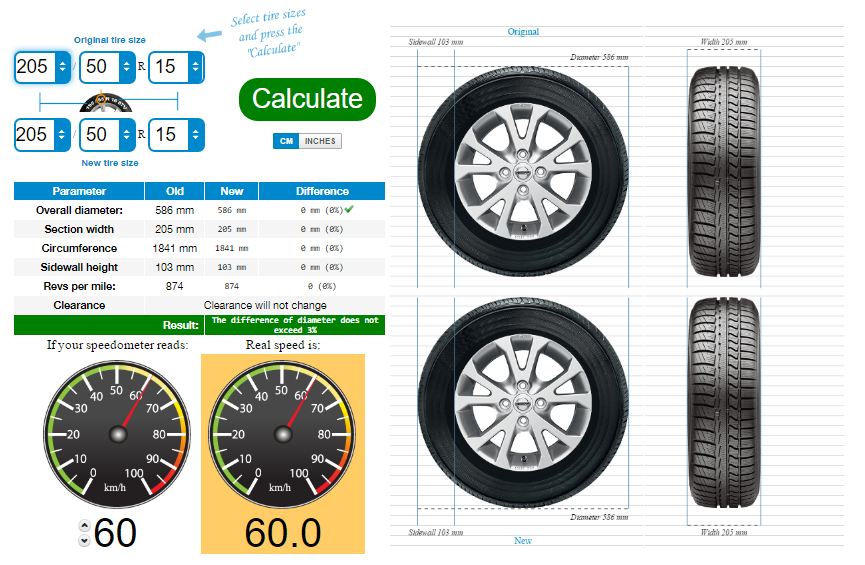
Improperly repaired tires can fail while in service, including tread-belt separations and/or detachments. These occurrences may cause an accident resulting in serious personal injury or death.
Remember that not all tires can be repaired. Specific repair limits should be based on recommendations or the repair policy of the tire manufacturer and/or type of tire service – service description, run-flat technology or commercial service applications, for example.
For all tires, repair units can’t overlap. The number of repairs should be limited first by the tire manufacturer’s recommendations and repair policy, then by the application and the tire’s condition as determined by the inspection process.
Some run-flat technology tires can’t be repaired. Technicians should consult tire manufacturers for their repair policies and, if applicable, for their recommended repair procedures.
Industry recommended repair methods include:
1. Two-piece plug and patch repair components.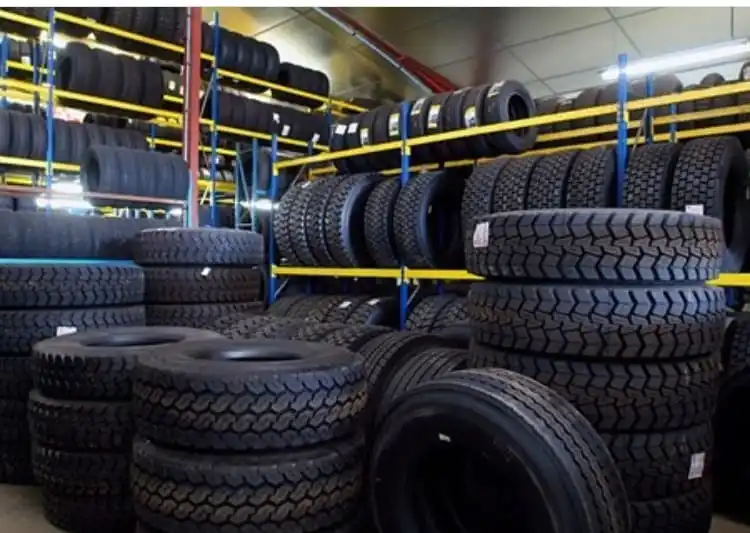
2. One-piece patch/stem combination repair units.
For punctures angled greater than 25 degrees, RMA recommends two-piece plug and patch repair components.
Never Means Never
An old phrase states, “Never say never,” but “never” is alright when repairing tires, according to RMA.
• Never repair tires with a tread puncture larger than ¼-inch (6mm).
• Never repair tires worn to the tire’s treadwear indicators or to 2/32-inch remaining tread depth in any area of the tread.
• Never perform a tire repair without removing the tire from the rim/wheel assembly and completing an internal inspection. Do not perform an outside-in tire repair or on-the-wheel repair; these types of products are not considered full, permanent repairs and should be restricted to temporary use only. It is essential that only a specially-trained person remove any tire from the wheel when it has been damaged or is losing air. A thorough inspection for any internal damage can then be made.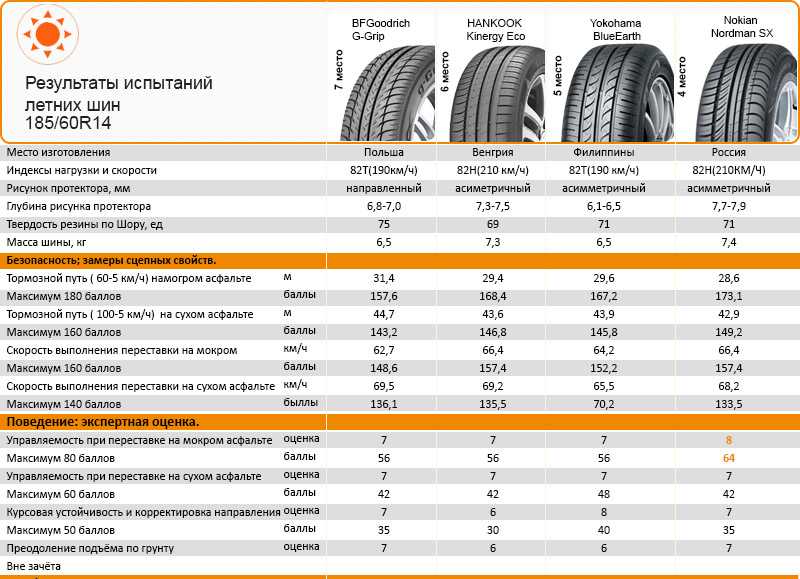
• Never use only a plug (stem) and never use only a patch to repair a puncture. The injury must be completely filled with a suitable vulcanizing material or a rubber plug/stem and a patch must be applied to the innerliner to prevent air loss.
• Never repair a tire that has an existing, improper (non-RMA) repair. The tire must be scrapped.
• Never substitute an inner tube for a proper repair or to remedy an improper repair.
• Never invert radial tires – and avoid excessive spreading of the tire or tire beads.
• Never buff the innerliner too deep, exposing the tire casing body (ply) cords. If this type of damage occurs during buffing, the tire must be scrapped.
For Safety’s Sake
Technicians should be aware of a few warnings communicated by RMA. As pointed out, tires must always be properly repaired as shown in the accompanying section with sequential photos. If improperly repaired, tires may fail in service.
When repairing a tire, adequate eye protection (goggles or face shields) should always be worn to prevent serious eye injuries. Ear protection should also be worn.
Ear protection should also be worn.
Permanent tire damage due to underinflation and/or overloading can’t always be detected. Ply cords damaged by underinflation or overloading may break and cause a “zipper” in the upper sidewall with instantaneous air loss and explosive force. These damaged tires should be inflated only when using a restraining device or safety cage that complies with OSHA regulations and an air line with a clip-on air chuck.
Products from different repair material manufacturers should not be mixed.
Step-by-Step Tire Puncture Repair Procedures
The following “how to” photos and captions show and explain accepted industry procedures for repairing tire puncture injuries. Additional information is available on RMA’s website – rma.org – and by requesting its Puncture Repair Procedures information, or by requesting information about TIA’s Basic Automotive Tire Service training series, which includes a module dedicated to puncture repair.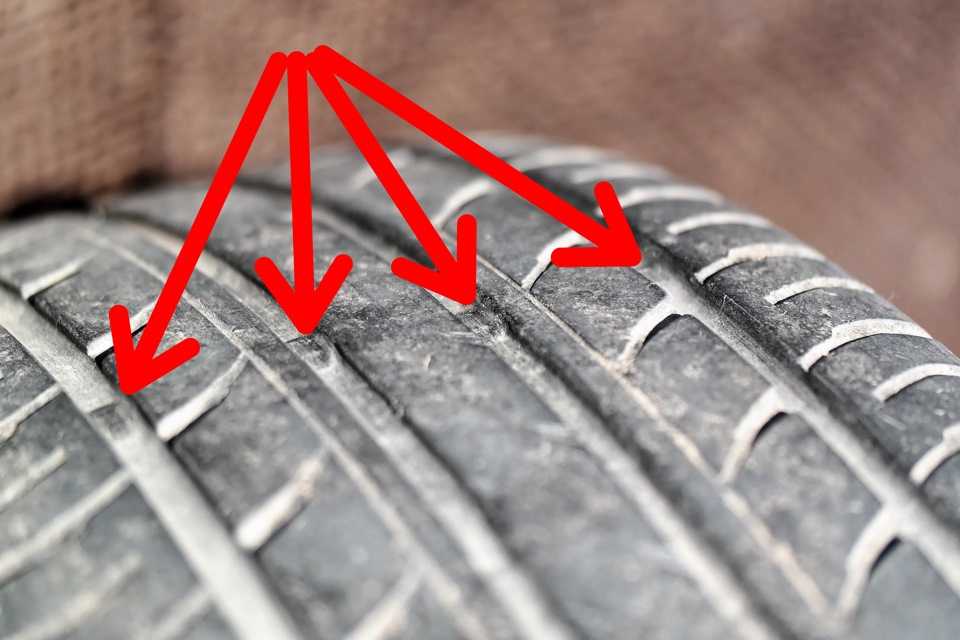
1. Consult information about repairability of tires.
2. Locate the injury and circle with a tire crayon. DO NOT INVERT RADIAL TIRES.
3. Remove the foreign puncturing object and probe the injury with an awl to determine the angle of penetration.
4. Clean the area around the injury with cleaner fluid and a scraper.
5. Using a low speed drill (max. 500-700 rpm) and a 3/16-inch tapered carbide cutter, ream the injury following the angle of penetration from the inside of the tire. Use proper eye protection.
6. Remove the poly from the plug stem. Hook the stem into the wire puller. Coat the entire plug with self-vulcanizing cement. NOTE: With one-piece repair units the patch section must be coated, as well.
7. While the cement is still wet, push the wire puller through the injury from the inside of the tire. Grasping the wire, use a steady pull until ½-inch of the gray rubber on the plug is exposed outside the tire.
7a. FOR ONE-PIECE REPAIRS: While the cement is still wet, insert the guide wire through the injury from the inside. Using pliers, grasp the stem behind the wire and pull until the patch is seated against the innerliner. Do not over-pull and cause the patch to dimple.
Using pliers, grasp the stem behind the wire and pull until the patch is seated against the innerliner. Do not over-pull and cause the patch to dimple.
8. Using a flexible knife, cut the plug on the inside of the tire 1/8-inch above the innerliner. Be careful not to stretch the plug when cutting.
9. Making sure the bead arrows of the repair unit are pointing to the beads, center the proper size repair unit over the injury. Use a tire crayon and outline an area ½-inch larger than the repair unit.
10. Use a low-speed buffer (max. 5,000 rpm) and a buffing rasp to buff the plug and the outlined innerliner area. BE CAREFUL NOT TO BUFF THROUGH THE INNERLINER.
11. Use a vacuum to completely remove the buffing dust.
12. Apply a light coat of cleaner fluid to the buffed area, scrape clean and allow to dry.
13. Apply an even coat of self-vulcanizing cement to the entire buffed area. Allow cement to dry until tacky. Never use blow dryers, compressed air or heat lamps to facilitate drying. Drying time is affected by temperature and humidity.
Drying time is affected by temperature and humidity.
14. When cement is dry, partially remove the poly backing from the repair unit, leaving just enough to hold the unit. Press the unit into place while removing the rest of the backing.
15. Stitch the repair unit vigorously from the center working outwardly. Use as much hand pressure as possible. Remove top cover film.
16. Apply repair sealer on the overbuff area, and over the edge of the repair unit.
17. Apply bead sealer to the bead of the tire before inflation to help prevent air loss around the bead. (NOT NECESSARYFORTRUCK TIRES.)
18. After inflating, cut the plug stem flush with the outside tread area. The tire is now ready to be returned to service.
Click on these links to download a full poster version of this illustrated two-piece tire puncture repair guide, as well as one that details single-piece tire puncture repair procedures.
After downloading, take the PDF file to a local office supply store (OfficeMax, Staples)or FedEx Kinkos location, where you can print out a full-color, 18×24-inch poster to hang in your tire service area and/or customer waiting area.
List of Basic Repair Tools:
Awl
White paintstick (truck tire)
Tire Crayon
Scraper
Safety Glasses/Shield
Low-Speed Buffer/Skiver
3/16-inch Carbide Cutter
3/16-inch Adapter
5/16-inch Adapter (truck tire)
Pulling Wires
Knife
Black Contour Cup – 60 Grit
Adapter with Spacer
Stitcher
When Not to Repair a Tire
• There is 2/32-inch or less of tread on any two adjacent tread grooves. The tire is not legal on U.S. highways.
• The tire cord or steel belt is exposed, there are flex breaks or severe sidewall abrasions.
• There is any evidence of a separation in the tread area or the sidewall of the tire.
• There is any evidence to indicate the tire has been run flat. Do not inflate, since inflation could result in serious injury. Demount the tire and inspect for innerliner damage.
• There are punctures or damage in the shoulder or sidewall areas.
• Never use any wheel with a rim that is bent, pitted from corrosion, cracked or worn. Remove rust, dirt and foreign materials from wheel/rim parts.
Remove rust, dirt and foreign materials from wheel/rim parts.
When ‘Always’ is right
• Inflate the tire to maximum allowed pressure. Do not overinflate.
• Check the surface and the valve for the source of the leak(s) by using water, soap solution or leak detector.
• Locate the injury and circle with a crayon.
• Remove the valve core to deflate the tire.
• Demount and inspect the inside of the tire on a well-lighted spreader for innerliner cracks, open splices, exposed tire cord or steel belts, broken beads or bead wires, bulges or blisters, or other interior damage. If any damage other than a ¼-inch maximum puncture injury in the tread is present, do not repair.
Final Inspection
The final inspection is your last chance to make sure a tire puncture repair job was done properly and within industry standards. A proper repair must completely fill the injury with a suitable vulcanizing material or rubber plug/stem and a patch must be applied to the innerliner to prevent air loss.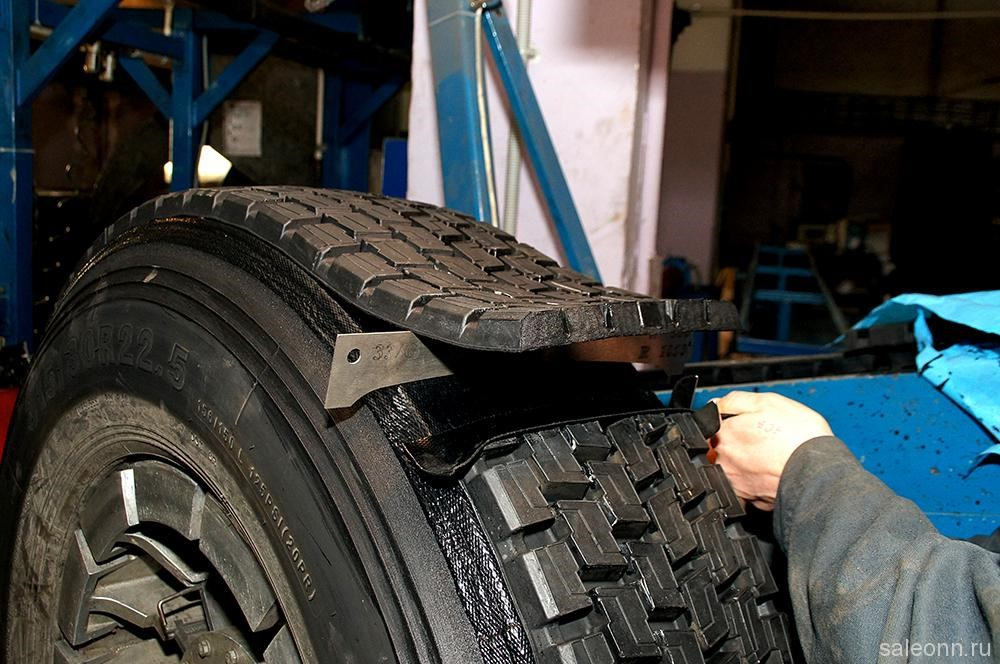
Inspect all of your repairs and rework, if necessary. After removing and inflating the tire/wheel assembly, inspect the assembly (tire/wheel/valve) for damage or leakage. Pay particular attention to the location of the repair, the beads and the valve. If the tire continues to lose air, it must be removed again from the wheel for a complete re-inspection.
Radial Section Repair
The procedures for repairing a more serious injury on a radial medium truck tire are notably different than when repairing a minor puncture. Section repairs may require special tools and repair materials, including strip gum rubber, an extruder, a spot curing press, specially designed repair units and more.
The process described here is very basic; special training is required to properly perform section repairs.
While the steps for probing an injury angle and buffing are the same, a grinding (skiving)step must be added to remove all damaged wires and the length and width of the damaged area must be measured to assist in selecting the proper repair unit.
For crown repairs, skives should be a cupped “Y” type with a 90-degree skive through the wire belts and ply. Stitching should be done as in a regular repair prior to curing the repair and allowing it to cool.
Next, a cleaner fluid should be applied and the innerliner should be scraped clean. When placing the repair unit over the injury, center it with the bead arrows pointing directly to the beads. Using a tire crayon, outline an area one-inch larger than the repair unit.
Perform the buffing step, vacuum the dust and use a light coat of rubber cleaner fluid and a scraper to clean the buffed area. Apply an even coat of self-vulcanizing cement to the entire buffed area and allow to dry until tacky.
Make sure the tire is in a relaxed position. Partially remove the backing from the repair unit, leaving enough to hold without touching the back. Apply the patch and press down.Then stitch the unit, working out from the center. Use as much hand pressure as possible. As a final step, apply repair sealer to the over buff area and over the edges of the repair unit.
Disclaimer
Repairing a tire is serious business. The preceding article was researched and written using existing industry-approved procedures and material from both the RMA and TIA, and is NOTintended to be used as a substitute for proper tire repair training. The photos and additional information were supplied by Myers Tire Supply/Patch Rubber Co. The process shown here is consistent with those used by other major repair product makers, but consult their specific instructions before using. This information represents a consensus of tire industry experts. This article is meant for educational purposes and those who use the methods recommended are solely responsible for any injuries, deaths or losses resulting from their application.
MENU
Commercial Business Retail SuppliersJune 14, 2012
No Comments
Order Reprints
Following a special conference call with the board of directors earlier in the week, the Tire Industry Association (TIA) submitted a series of amendments to the tire repair legislation recently introduced in the New York State Senate that would essentially outlaw improper tire repairs.
Unlike the current version that regulates the steps constituting a proper repair, the TIA amendments put the focus on improper tire repair practices such as plugging the tire on the rim without demounting it for inspection and installing a patch on the inner liner without filling the injury.
“After meeting with several of the tire companies on an individual basis as well as with officials from the Rubber Manufacturers Association (RMA), it became obvious that there would be continued efforts to pass tire repair legislation at the state level. In the letter to the New York State Senators, we clearly outlined why we could not support the current language in the bill. But rather than continue to fight flawed legislation in New York and other states, our board of directors voted to support amendments that would ban improper repairs,” says Roy Littlefield, TIA executive vice president.
TIA recognizes the hazards that improperly repaired tires create for motorists, so the association decided to act in the best interest of public safety by supporting legislation that prohibits methods and materials that do not conform to industry standards.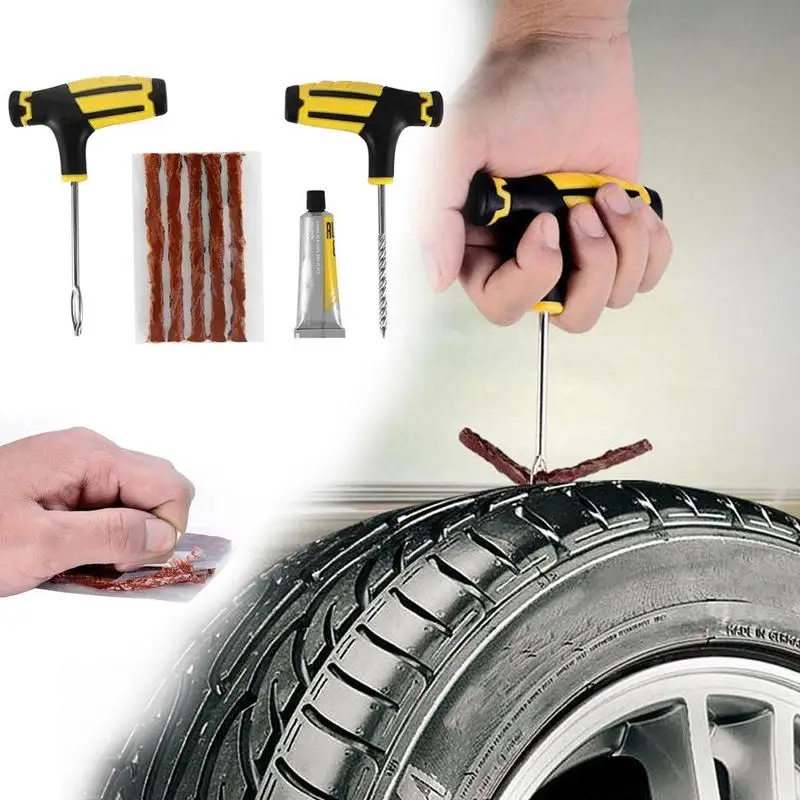 The TIA amendments would make it illegal for retailers to plug a tire while it is still mounted on the rim or install a patch without a plug. Violations would also occur if injuries in the shoulder or sidewall were repaired, and it would be illegal to repair a tire that has already been improperly repaired.
The TIA amendments would make it illegal for retailers to plug a tire while it is still mounted on the rim or install a patch without a plug. Violations would also occur if injuries in the shoulder or sidewall were repaired, and it would be illegal to repair a tire that has already been improperly repaired.
“TIA’s board unanimously voted to take a leadership role on this issue and promote legislation that bans improper tire repair. The amendments we submitted to the New York State Senate will have a positive impact on the tire service industry and improve safety for the motoring public if they are adopted,” says Larry Brandt, TIA president. “We determined that the best approach for the industry would be to propose legislation that targets the minority of service providers who are the source of the problem. TIA could have ignored the problem by just opposing the bill, but the board decided to take a more proactive approach and propose a solution.”
If the amendments to the proposed New York tire repair legislation are accepted, the definition of a proper repair would be limited to removing the tire from the rim, inspecting the inside of the tire, and installing a plug and patch or patch/plug combination repair unit.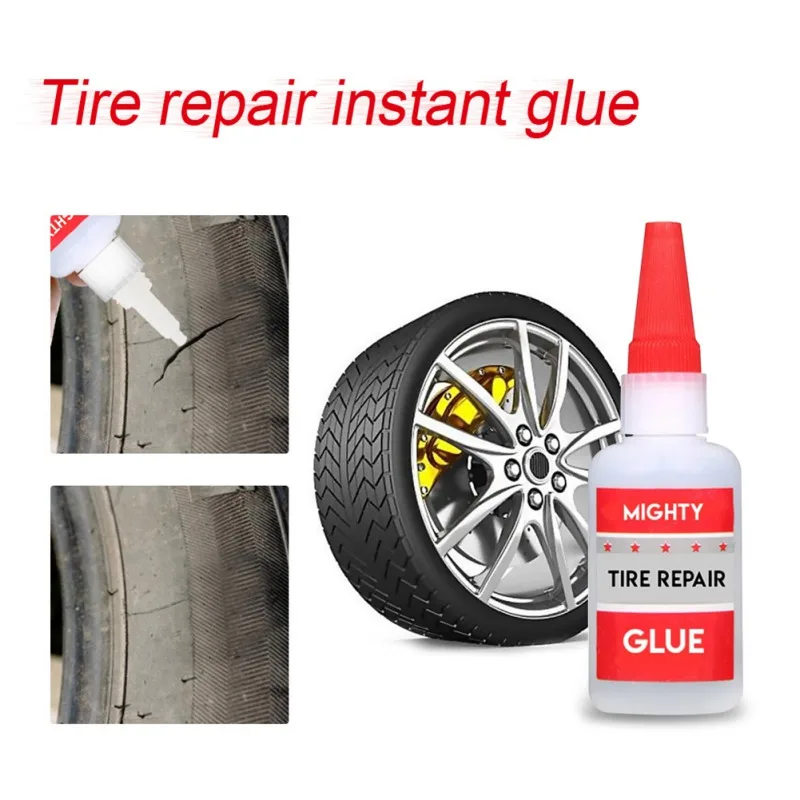
© 2022. 10 Missions Media, LLC. All Rights Reserved.
Privacy Policy Terms of Use
Design, CMS, Hosting & Web Development | ePublishing
1. Background
2. Repair patches
3. Fungus
4. Bundles
5. Raw rubber
Car tires have always been damaged by houses of our time since they appeared . It would seem that modern technology could save motorists from this problem, but this did not happen. Of course, the strength of tires increases with time, but the requirements that are placed on them - optimal grip, high strength and relatively low weight contradict each other in many ways. Therefore, when designing tires, manufacturers one way or another have to compromise.
Along with the development of design ideas in the production and design of tires, the technologies for their repair were also improved.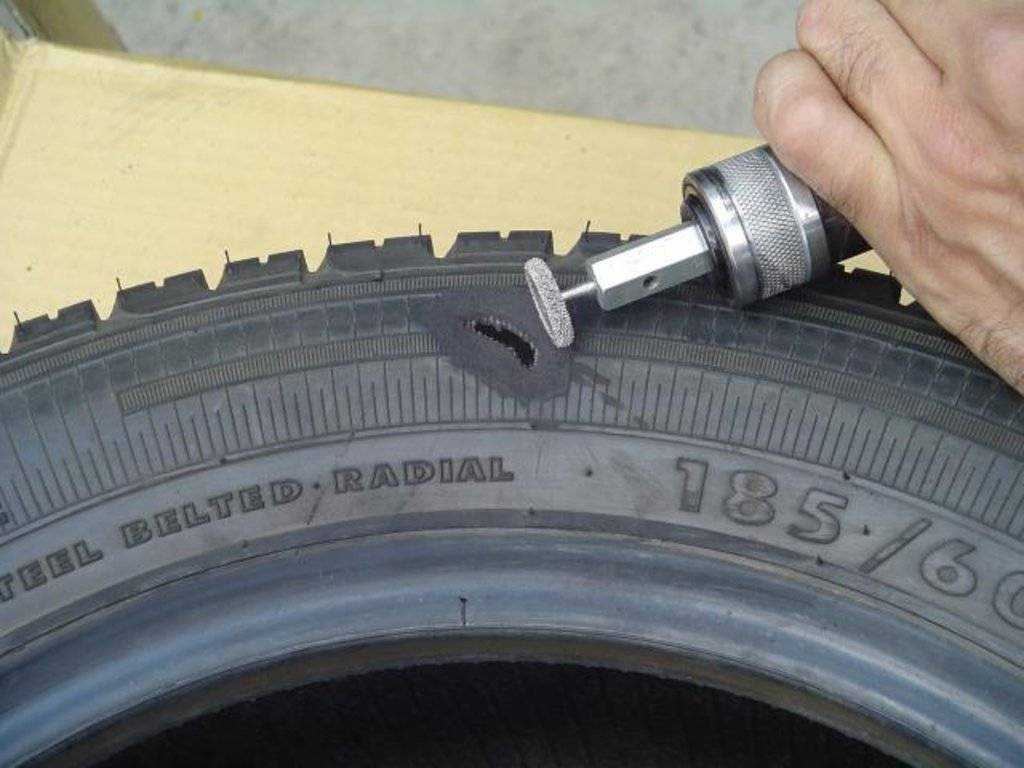 In the 1970s, for the first time, uniform standards were formed that regulated tire repair methods. Tire damage classifiers and recommendations for the use of materials to eliminate them have appeared. The principles laid down then are still the basis of modern tire fitting techniques. Around the same time, cold vulcanizing tire repairs are becoming mainstream, and tire repair manufacturers are flooding the market with affordable and reliable patches.
In the 1970s, for the first time, uniform standards were formed that regulated tire repair methods. Tire damage classifiers and recommendations for the use of materials to eliminate them have appeared. The principles laid down then are still the basis of modern tire fitting techniques. Around the same time, cold vulcanizing tire repairs are becoming mainstream, and tire repair manufacturers are flooding the market with affordable and reliable patches.
Manufacturers of tires and tire repair materials now provide detailed worksheets that describe and regulate the use of certain materials for the repair of specific tire damage. Therefore, with a proper approach to work, it is possible to guarantee high-quality repair of the tire, which will ensure its further safe use.
Modern tire repair materials allow tires to be retreaded in 70% of cases, and the cost of repairs, as a rule, reaches no more than 10% of the cost of a new tyre. To repair tires, harnesses, fungi and various types of patches are used, raw rubber is less commonly used. Below we describe in detail about each of these materials for tire repair.
Below we describe in detail about each of these materials for tire repair.
Types of tire repair materials:
Use patches to repair tire damage such as cuts and punctures. Breakdown is called damage with a diameter of more than 6 - 8 mm with the destruction of the cord and / or carcass of the tire. One of the tasks of repair is the restoration of damaged tire cords. Therefore, when applying a patch, its cord threads are placed in the same direction as those damaged in the tire. Repair patches are available for both diagonal and radial tires. Now the most common are radial ones, so we’ll tell you more about patches for them.
A) Universal and multi-purpose patches These patches can be used to repair any part of the tire that needs to be repaired. The design of universal patches is based on a particularly strong cord made of viscose and polyester, which is laid in layers (from 1 to 4 layers), separated by rubber, and in large patches up to 8 layers. Universal patches are relatively thin, so they do not significantly increase the stiffness of the tire at the repair site, while they provide high quality and reliable repair of radial tires. The disadvantages of universal patches include increased elasticity, which can cause swelling during the repair of the side of the tire. It is these patches that are most often used as a material for tire repair.
Universal patches are relatively thin, so they do not significantly increase the stiffness of the tire at the repair site, while they provide high quality and reliable repair of radial tires. The disadvantages of universal patches include increased elasticity, which can cause swelling during the repair of the side of the tire. It is these patches that are most often used as a material for tire repair.
B) Steel Cord Patches Steel cord patch has increased reliability. There are only 1-2 layers of steel cord in the construction. Quality patches of this type additionally have a textile layer. The disadvantage of such patches is low flexibility and high weight.
C) Aramid cord patches Aramid cord patches are used for the same damage as steel cord patches. However, aramid cord is much lighter, thinner and more elastic than steel cord, while at the same time it has even greater strength. This allows them to be used in the repair of low-profile rubber.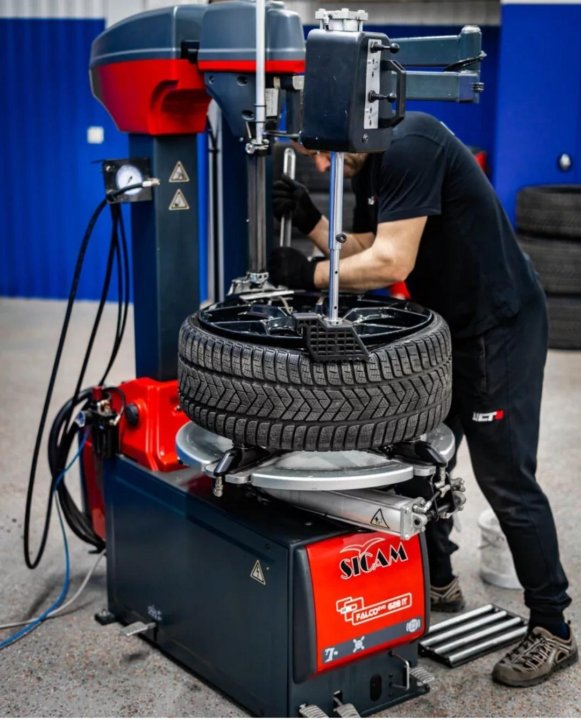 The disadvantage of such patches can be called a high cost.
The disadvantage of such patches can be called a high cost.
D) Belted patch The cord of these patches is made of high quality polyester or nylon, which is laid in several layers. These patches have excellent flexibility and reliability comparable to steel and aromide cord patches.
Structurally, Mushrooms consist of a stem and cap and are made of high strength elastic rubber. Fungi are designed to repair tubeless radial and diagonal tires of cars and trucks in the tread area, in the shoulder and side areas. Used to repair minor damage. When repairing with a fungus, its leg tightly fills the puncture, so the hole in the tire should be 2-3 mm smaller than the diameter of the fungus leg.
Mushroom 8 mm uni-seal ultra (universal)
The cap and stem of the fungus are coated with a special layer for cold vulcanization, which ensures the connection of the fungus and tire at the molecular level.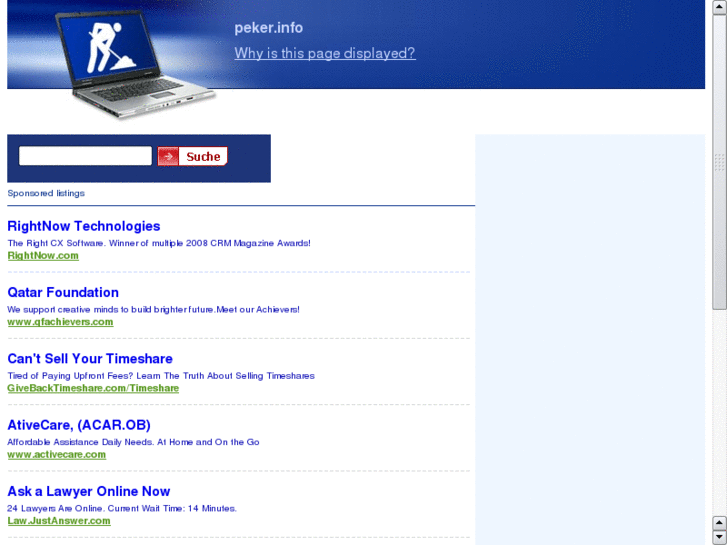 Fungi provide a more reliable repair of small punctures than tourniquets and universal patches.
Fungi provide a more reliable repair of small punctures than tourniquets and universal patches.
Bundles are used to seal small punctures in all types of tubeless tires in the tread area and in the shoulder area. Often they are combined with patches to fill a puncture. Repair of the side area of tires with harnesses is not allowed. An exception may be TECH PERMACURE harnesses.
Butyl Tows
Manufacturers claim that repairing a tire with a tow is a temporary measure. This is due to the fact that when moisture gets on the tourniquet, its adhesive impregnation is gradually washed out and the puncture site is depressurized. This leads to an increase in puncture, water ingress into the tire and corrosion of its carcass.
Raw rubber is a mixture of rubber and other components. It has a high degree of plasticity, wear resistance and heat resistance.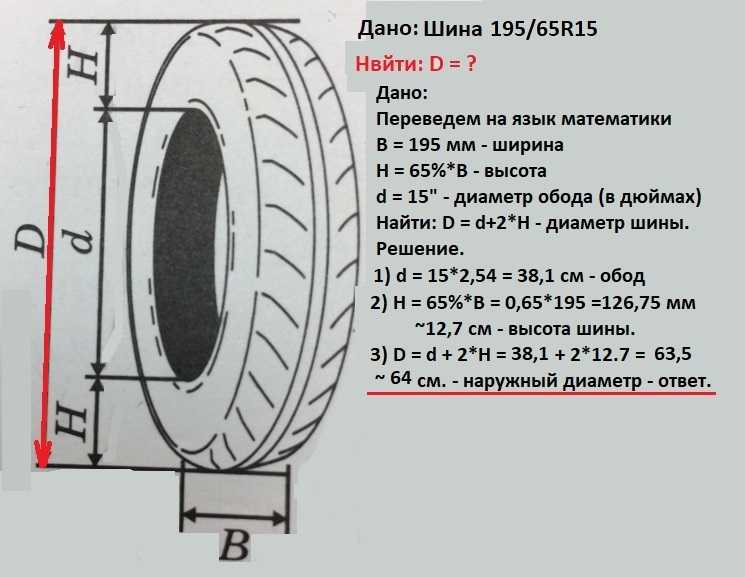 Typically, raw rubber is available in the form of polyethylene-coated sheets, cord for use with an extruder, or as a two-component compound in containers.
Typically, raw rubber is available in the form of polyethylene-coated sheets, cord for use with an extruder, or as a two-component compound in containers.
Raw rubber tip-top mtr
Raw rubber is used to fill tire damage and restore the integrity of the outer layer by hot vulcanization at a temperature of 140-160 degrees or by cold vulcanization in the case of a two-component composition.
1. Profession presentation
The master of a tire workshop is a relatively young profession in the labor market. It appeared only one hundred and fifty years ago, since the invention of the world's first automobile tire (an elastic shell on a wheel rim). Tires on a car should provide not only comfort, but also traffic safety. Sometimes a tire puncture at high speed causes a serious accident. In our time, every day tens of millions of cars and trucks move along the roads of Russia; they carry thousands of tons of cargo and hundreds of thousands of passengers.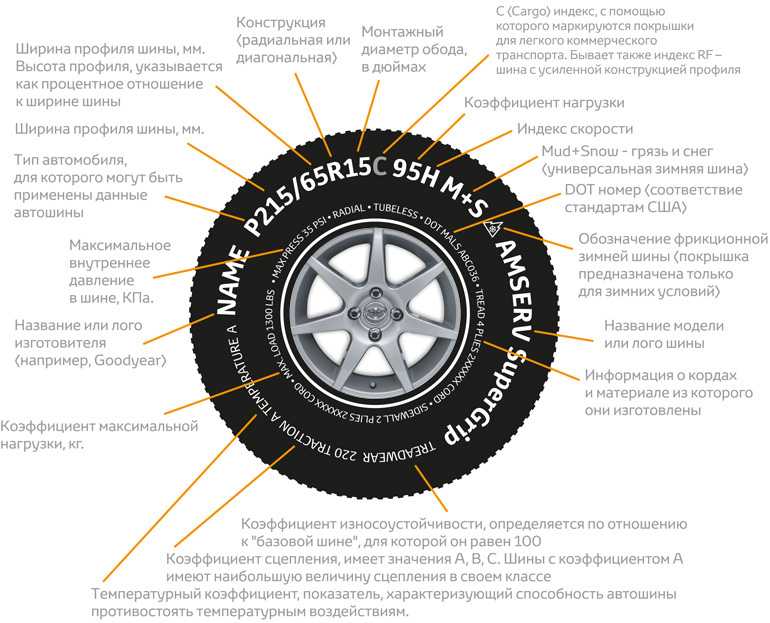 And each of them has at least four wheels that wear out while driving. From time to time, tires need to be changed (for example, twice a year seasonally) or repaired.
And each of them has at least four wheels that wear out while driving. From time to time, tires need to be changed (for example, twice a year seasonally) or repaired.
The master of a tire shop is a specialist with a technical education who works on modern tire fitting equipment. He performs professional repairs of car tires and wheel chambers for cars and trucks, motorcycles, construction and special equipment, repairs tire side cuts, restores the cord, eliminates hernia, and restores alloy wheels. A specialized service for high-quality tire fitting and alloy wheel repair includes: wheel washing, tire fitting, computer wheel and disk balancing; careful assembly and disassembly of wheels on alloy wheels, low-profile car tires, tire fitting of wheels of any size, high-quality welding in argon.
Car wheel maintenance, tire and wheel repair is one of the most demanded services in the service station market. The demand for the services of a tire shop master is stable and will only increase.
Advantages of the profession: a promising profession for real men, with a technical mindset and skillful hands.
Restrictions of the profession: physical activity; the need to master all new methods of work and technical devices.
2. Type and class of profession
The profession of a tire workshop foreman belongs to the type: "Man - Technique", it is focused on installation, assembly and adjustment, operation of technical devices, control of technical devices, repair and maintenance of moving technical devices. Successful performance of such work requires a high level of development of visual-figurative and spatial thinking, good motor skills, physical endurance, propensity for manual and technical work. Such qualities as good vision and fine motor skills, efficiency, diligence, accuracy and accuracy are also necessary.
An additional type of profession: “Man is a Sign”, since it is associated with working with symbolic information: numbers, formulas, tables, drawings, diagrams.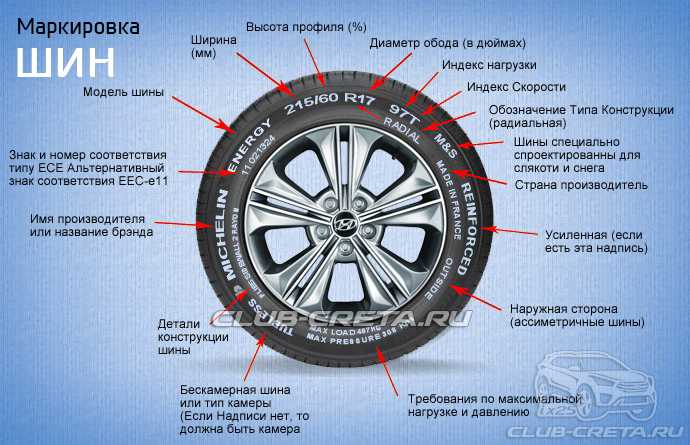 This requires logical abilities, the ability to concentrate, interest in working with information, developed attention and perseverance, the ability to operate with numbers, and spatial thinking.
This requires logical abilities, the ability to concentrate, interest in working with information, developed attention and perseverance, the ability to operate with numbers, and spatial thinking.
The profession of a tire workshop master belongs to the performing class, it involves the performance of actions according to certain algorithms in compliance with the existing rules and regulations, standards.
3. Content of activities
Modern tire and tube repair technologies require strict adherence to the technological process to obtain a high-quality result.
The master of the tire workshop receives and issues tires, wheels, tubes, disks and tires, diagnoses defects in tires and wheels, chooses ways to eliminate them, inspects and determines the suitability of tires, tubes, disks for further operation.
He conducts the main and auxiliary technological processes in tire retreading, regulates the parameters of the technological process of tire retreading according to the indications of control and measuring instruments (CIP).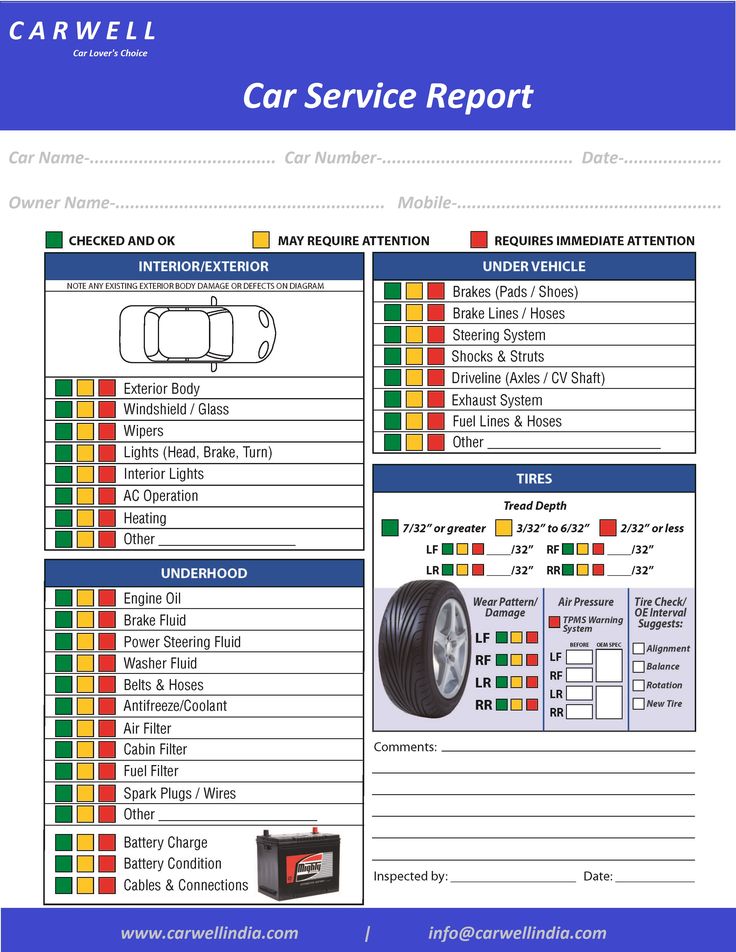
The master's tasks include preparing parts, basic and auxiliary materials for work, carrying out tire fitting work, quality control of blanks and tires, as well as the technological process, and processing finished products. The foreman of the tire workshop purchases and prepares raw materials, adhesives, tools, equipment, spare parts, draws up payment documents and maintains working equipment.
4. Working conditions
The master of the tire shop works in the premises of a car repair shop, a car service, located, as a rule, not far from the road. He has an active lifestyle. The tire workshop foreman works both individually and as part of a team, in which case he needs elementary communication skills and the ability to work in a team.
The master of the tire workshop performs production operations with the help of special equipment and tools: a jack, a compressor, a tire inflation gun, a tire changer, a balancing machine, a vulcanizer, a balloon and torque wrench, and others.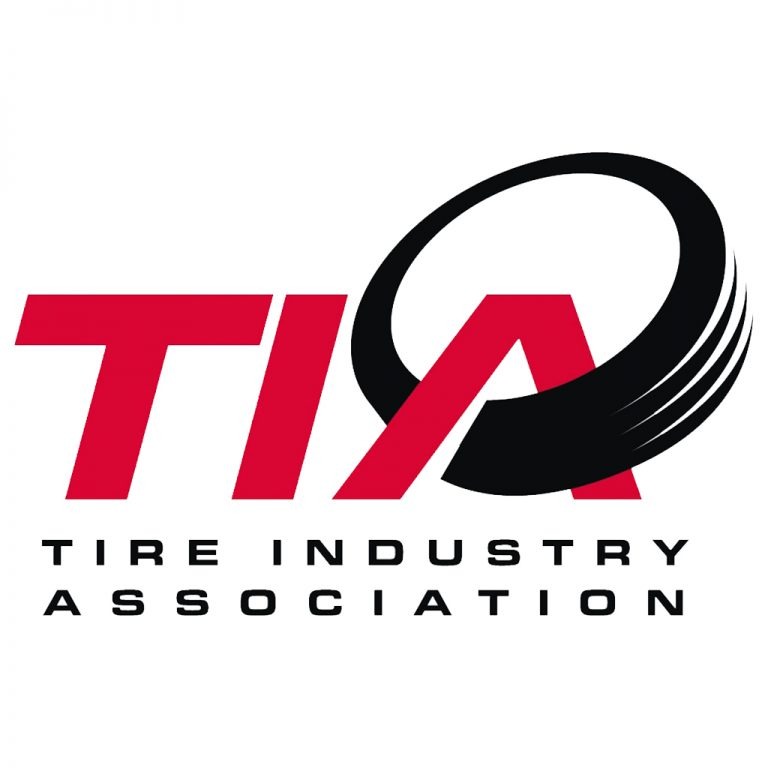
The master of the tire shop performs the tasks assigned by others, according to the specified standards, rules, algorithms.
5. Requirements for knowledge and skills of a specialist
For the successful development of the profession of a tire shop master, basic knowledge of physics, chemistry, and mathematics is necessary.
A qualified tire shop master must know:
6. Requirements for the individual characteristics of a specialist
For successful activity as a master of a tire workshop, the following professionally important qualities are required:
7. Medical contraindications
Medical restrictions for the master of the tire shop:
Recently, a new type of service has also been in demand: mobile tire fitting (tire inflation).
10. Career prospects
The most common way to develop a tire shop master.
Specialization and development of related areas
Over time, you can learn new specialties within the profession of a tire shop master: vulcanizer operator, tire balancer, tube inserter, vulcanizer, installer, normalizer, latex material processor, rubber product processor, rubber product repairer, rougher.